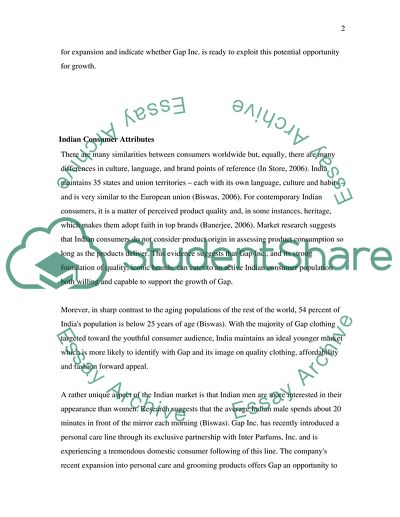Cite this document
(“Recommendations for Market Entry in India (Gap Inc.) Essay”, n.d.)
Recommendations for Market Entry in India (Gap Inc.) Essay. Retrieved from https://studentshare.org/marketing/1538474-recommendations-for-market-entry-in-india-gap-inc
Recommendations for Market Entry in India (Gap Inc.) Essay. Retrieved from https://studentshare.org/marketing/1538474-recommendations-for-market-entry-in-india-gap-inc
(Recommendations for Market Entry in India (Gap Inc.) Essay)
Recommendations for Market Entry in India (Gap Inc.) Essay. https://studentshare.org/marketing/1538474-recommendations-for-market-entry-in-india-gap-inc.
Recommendations for Market Entry in India (Gap Inc.) Essay. https://studentshare.org/marketing/1538474-recommendations-for-market-entry-in-india-gap-inc.
“Recommendations for Market Entry in India (Gap Inc.) Essay”, n.d. https://studentshare.org/marketing/1538474-recommendations-for-market-entry-in-india-gap-inc.


